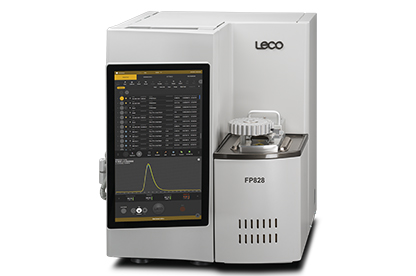 It remains impossible to predict the future accurately, no matter how much we try. While market forecasts and trends tend to illustrate the future of products, reality always has a chance to throw a curveball. Between the global COVID-19 lockdowns suppressing most markets and a trend toward renewable energy sources, coal was expected to start decreasing in market value. Instead, a war between Russia and Ukraine and the lifting of lockdowns has actually driven a higher demand.
It remains impossible to predict the future accurately, no matter how much we try. While market forecasts and trends tend to illustrate the future of products, reality always has a chance to throw a curveball. Between the global COVID-19 lockdowns suppressing most markets and a trend toward renewable energy sources, coal was expected to start decreasing in market value. Instead, a war between Russia and Ukraine and the lifting of lockdowns has actually driven a higher demand.
Coal is a resilient source of energy, making for an easy fallback when countries feel energy squeezes. As natural gas supplies were disrupted with the many sanctions on Russia, many European countries were forced to spin up coal plants again to keep the heat on for their residents throughout the winter. Similarly, growing energy demands throughout Asia needed quick solutions. Coal plants have used tested and trusted technology for over one hundred and fifty years. For all the talk of environmental concerns about the use of coal, they are still a safe bet for increasing the energy supply quickly.
Coal has not been without its own supply issues in the past few years. Heavy flooding in Australia, one of the world’s leading coal producers, limited the supply and sent coal prices soaring. Coal sources from Russia are finding limited buyers on the market, and the COVID-19 supply chain issues are still causing trade delays around the world. The coal market is remaining strong through 2023, with the future remaining unpredictable.





